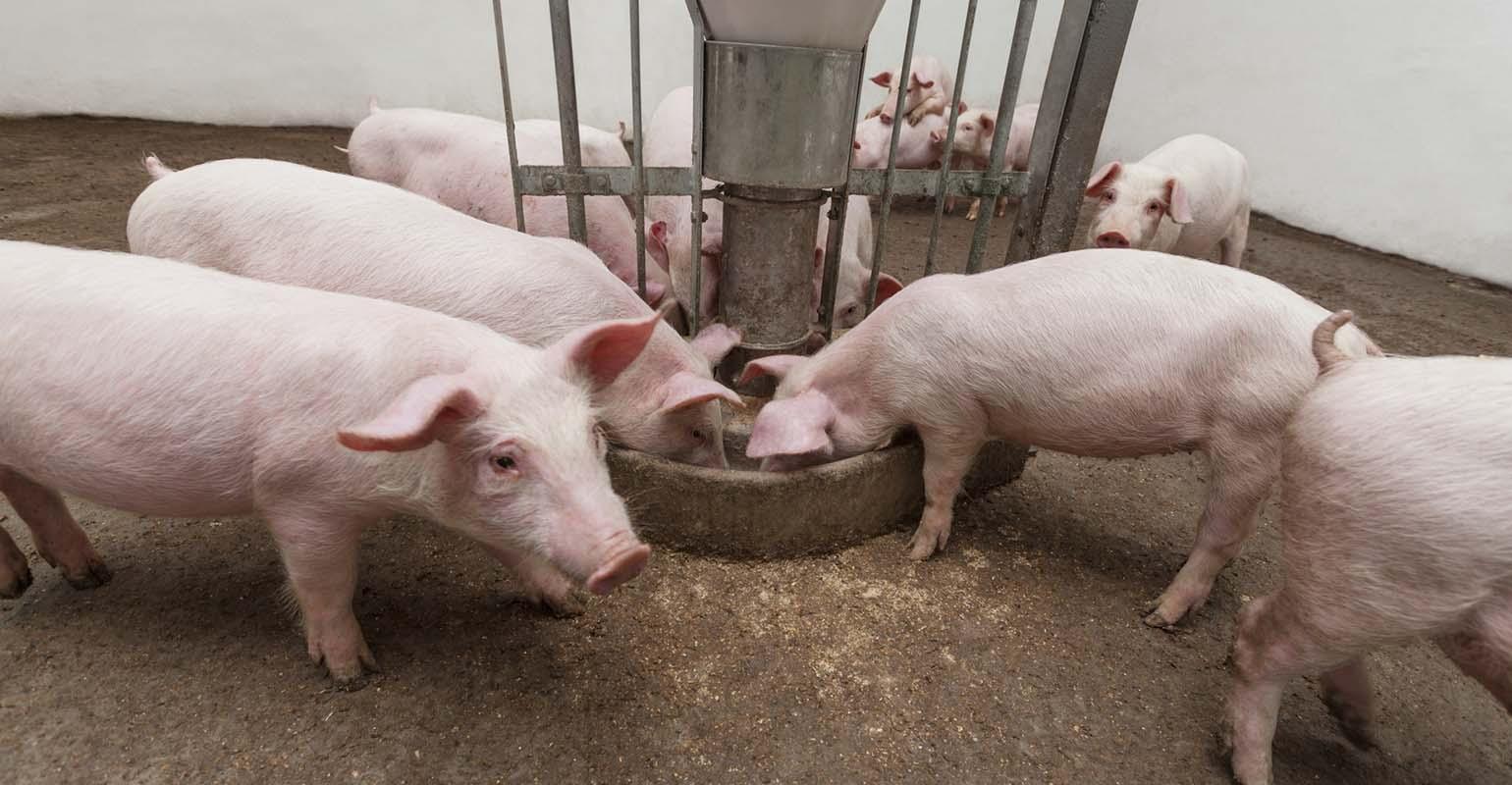I just realisier that most pork that is available, even here in a rural Thai village, comes from Soy fed pigs. In fact, any replacement of soy would still contain seed oil in some form, and be more expensive.
This must have a negative effect on what we eat, I have read that pork contains harmful substances as far as going keto is concerned unless raised traditionally (which I am thinking of doing).
As a consequence I think I shall stop making lard and reduce my pork consumption to three rashers a day of homemade bacon.
Coconut oil seems affordable for cooking.
Any thoughts?
By the way, beef here is definitely grass fed and we raise chickens and ducks so I can live without pork if necessary.
Pig feed
I’m not sure this is accurate. At all. I couldn’t speak to rural Thailand though. Commodity pork in the US, maybe. But craft pork, not so much.
Pigs, unlike cows, are pretty much complete omnivores, they’ll eat just about anything you throw in front of them. In mass pig farming in America, that means a heavy reliance on grain, along with some meat.
Personally I think pork gets a bad reputation that’s not entirely deserved, but try without and see how you feel.
Pigs are natural scavengers so they will almost eat anything so you could really do a lot of things with the nutrient density of the meat as far as what you feed them? If I had pigs I would experiment with Chlorella (free of pathogens) because it would cost next to nothing (except for the initial cost of the equipment) to culture and has every nutrient on planet earth in it? Heck you could feed all your livestock and poultry this stuff?
“…Feeding Mangalitsa Pigs Seaweed -Anyone Can Farm Series…”
[6] “…Pigs are omnivores, which means that they consume both plants and animals. In the wild, they are foraging animals, primarily eating leaves, roots, fruits, and flowers, in addition to some insects and fish. As livestock, pigs are fed mostly corn and soybean meal
with a mixture of vitamins and minerals added to the diet. …” …More Note: They are good at finding Truffles (subterranean ascomycete fungus) also!
A lot of this is about not letting the perfect get in the way of better. If all you can afford is soy-fed pork, eat it and don’t worry about it. If you can’t afford grass-finished beef, eat what you can get, and don’t worry about it. And so forth. Eat the best food you can afford and obtain, but don’t obsess that it could be better.
The most important aspect of a ketogenic diet is keeping carbohydrate as low as possible, in order to keep insulin as low as possible. All the rest is more in the nature of tweaks.
After keeping carbohydrate low, I would propose eating whole foods as the next keto guideline to follow. But there is a well-known story of a homeless guy who turned his metabolic health around, even though all he could afford was McDonald’s (I believe he was a patient of Dr. Westman’s). But he carefully chose his orders, threw away the buns, etc., and he improved his health dramatically. Lost a lot of weight in the process, too. Would it have been better for him to eat better food? Undoubtedly, but this was what he could manage, and it helped him enormously, so who am I to judge?
Cultivated salmon has been shown to contein whichever type of fat it us fed. If the salmon get rapeseed oil, they’ll be full of those fatty acids instead of what wild salmon have.
And seaweed isn’t just for pork. It’s been fed to sheep and goats and cows as well. Sometimes, before import became too cheap, there wouldn’t be enough grass in summer. But seaweed grows all year round.
Would nice to have a ketogenic diet category on the forum for homeless, domestic violence shelters etc. to exchange ideas for keto-safe eating and what’s available from food banks and shelters, kitchens etc.
I think keto can be done even with a minimal amount of choices!
“Homeless Keto-Safe Eating”
Yeah, reiterating what I said previously:
Their small passel of Ossabaw and Mangalitsa hogs enjoy year-round pastures where they graze on bluegrass, orchard, fescue, clover and alfalfa. In addition to open pasture, the hogs are supplied non-GMO pelleted feed (made up of less than 10% corn), plus a daily slop made from orchard grass, oatmeal and wheat. With room to forage and socialize, the pigs develop fats and flavors only conceivable in a stress-free environment.
Yeah.

